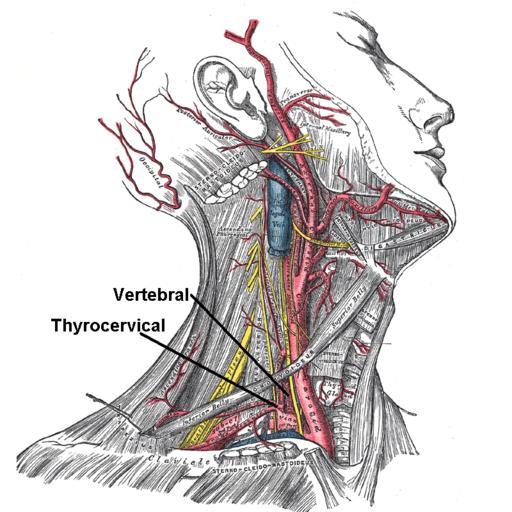Issue 32 Blue - PRIS and PGPP

We’re back to our eclectic selves at PT Crab, with this week’s articles featuring the risk factors for pelvic girdle postpartum pain (and they’re not what you’d think. Okay, maybe they are…) and a new tool to evaluate shoulder instability risk. Could a questionnaire really show if you’ll dislocate your shoulder again next year? The PRIS tool thinks so.
Want to read a controversial take about pre-treatment positional testing of the vertebral artery and learn about how to better prescribe exercises for FAI? You’ll need to become a supporter then and get the King Crab edition. Help keep us going by doing that here.
Here we go!
Are You At Risk for Pelvic Girdle Pain? Probably not. But Your Patient May Be.
The Gist - Pelvic PT is growing rapidly, and that’s awesome. If you’re a pelvic health therapist, here’s some interesting stuff for you! And if you’re not, it’s still interesting, since it’s about the risk factors for postpartum pelvic girdle pain. If you’ve ever treated or will ever treat someone who’s pregnant, read on MacDuff.
It’s a big systematic review and meta-analysis, so I’m just going to summarize the most significant risk factors for postpartum pelvic girdle pain here:
- Pelvic Girdle Pain for more than 6 weeks
- More than 6 positive pain provocation tests in pregnancy
- Active SLR score greater than 1 in pregnancy
- Maternal age greater than 30
- Uncomfortable work posture identified on Job Content Questionnaire
- BMI greater than 25
- Depression in pregnancy
Tell Me More - The biggest recommendations the researchers give is to start monitoring pregnant women at the beginning of their pregnancies or when planning to become pregnant and give them advice on a healthy BMI. I know that you won’t often see pregnant women in PT but, if you do, you should share some information with them about their risk for this pain and PT interventions to help it. Research has shown that exercise during pregnancy decreases pelvic girdle pain, so maybe give that a mention. The authors do complain that much of the data they reviewed is heterogenous and thus tough to summarize and verify, but that they were able to get the risk factors above verified. They couldn’t do any math about pooled or combined risk due to the nature of the studies they had, jsyk.
Where dat paper at? Here
Can you predict future shoulder instability? The PRIS tool says yes.
The Gist - Over at www.margieolds.com/pris, you can see the PRIS tool, a short questionnaire that uses info about your age and dislocation along with your SPADI and TSK-11 score to predict how likely you are to redislocate next year. Recent research in JOSPT shows pretty good results, with a sensitivity of 39% and a great specificity of 95%. It correctly identified 54 of the 57 people who did not have recurrent instability. Great news!
It can’t tell you who will get it, but it’s pretty good at telling you who won’t, and that’s good in my book.
Tell Me More - The tool is a summative result of risk factors, with a bit of math popped in to get a result. They validated it through work on 85 people who had their first anterior dislocations back in 2016. They followed up at 3, 6, 9, and 12 months to collect data and used that to build the numbers above. Overall, it had a positive predictive value of 70% (but with a very wide 95% CI of 40% to 89%) and a negative predictive value of 83% (with a tight CI of 77% to 88%). That gives us a negative likelihood ratio of 0.65 and positive of 7.39. All this makes it a great tool for future predictions, though not perfect. Still, it’s definitely a step in the right direction.
I’m a stats nerd and I want more! Then you, my friend, can have it.






Comments
Want to leave a comment and discuss this with your fellow PTs? Join PT Crab and get summarized PT research in your inbox, every week.